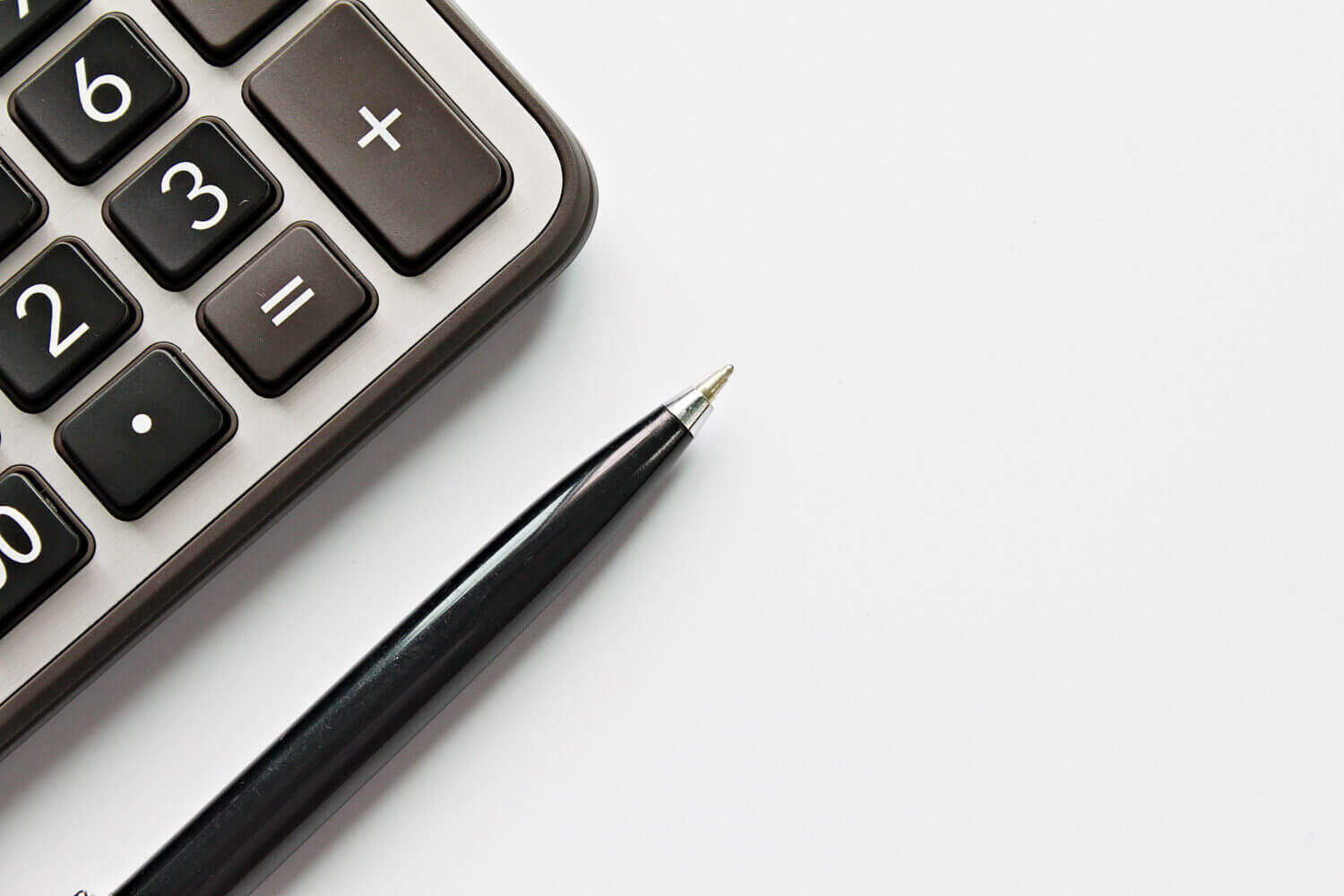Bleeding your RRSP dry to save on tax when you’re dead
Chris is retiring and living on CPP, OAS and her RRSP. She wonders if she should take more than the minimum withdrawal from her RRSP to save tax on her death.
Advertisement
Chris is retiring and living on CPP, OAS and her RRSP. She wonders if she should take more than the minimum withdrawal from her RRSP to save tax on her death.

RELATED: Think twice before spending your RRSP tax refundThe $72,000 OAS clawback income you referenced is actually at $75,910 for 2018. If your net income on line 236 of your 2018 tax return exceeds this amount, your OAS pension will be reduced in July 2019. Ideally, if you can reasonably stay below this level, it may be worth considering. Some people convert their RRSPs to Registered Retirement Income Funds (RRIFs) once they start taking withdrawals. There are two benefits, Chris. One is that if you’re taking just the required minimum withdrawal – 4.17% in 2019 if you are 66 this year – there is no withholding tax on the withdrawal. You’ll pay the appropriate tax, if applicable, when you file your tax return next April, but there’s no income tax withheld initially. The other benefit is you will qualify for a pension income amount – a tax credit – on up to $2,000 of eligible income, which includes RRIF withdrawals. If your life expectancy is likely to be shortened due to health concerns, Chris, it may not be a bad idea to consider taking extra RRSP/RRIF withdrawals. I’ll give a simple example. Let’s imagine you are receiving the maximum CPP and OAS pensions, have $500,000 in your RRSP, and spend $50,000 per year. If you were to take the required withdrawals from your RRSP to fund your spending not covered by your pensions, you would draw your investments down to $227,220 after 10 years assuming you earned a 4% annual return. If you live in Ontario, you might have $100,135 of deferred tax payable on those investments if you died, since your RRSP/RRIF becomes fully taxable on death unless left to a spouse. In this example, you would leave $127,085 to your beneficiaries (ignoring probate fees and other costs). If you instead drew your RRSP down to zero within 10 years, withdrawing $54,481 in year one, and increasing your withdrawals by 2% annually thereafter, your RRSP would be gone within 10 years and you would still avoid an OAS clawback each year. Your net estate value after tax would be $153,305, assuming all the extra withdrawals you took went into a Tax Free Savings Account (TFSA). This represents a $26,220 or 21% increase in your estate value.
RELATED: Can I claim capital losses from a stock in my RRSP to reduce taxes?This is a very rough, static example, Chris, and since we don’t generally know how long our life expectancy might be, the logic is not foolproof. But in an extreme example, if someone knew they had a very short life expectancy and had $500,000 in their RRSP/RRIF, that withdrawal would be taxed much lower if it happened as two $250,000 withdrawals in two tax years, instead of $500,000 all at once. For perspective, a B.C. resident would pay $215,728 on a $500,000 RRSP/RRIF withdrawal in a single year versus $182,456 if withdrawing $250,000 in two years (assuming no other income sources, deductions or tax credits). The RRIF minimum withdrawal percentage is a good starting point for sustainable withdrawals from a registered investment account from a retirement funding perspective. But it may be too high for a conservative investor or too low for someone with a shortened life expectancy. Deferring RRSP conversion to a RRIF until age 71 can also be a mistake. Retirement funding strategies can save tax during your retirement or upon your death. Since pre-tax returns or account values are less meaningful given it is after-tax dollars we spend and bequeath, it can be equally important to focus on tax as it is to focus on investment selection. This is an important consider for investors and their advisors alike. Ask a Planner: Leave your question for Jason Heath » Jason Heath is a fee-only, advice-only Certified Financial Planner (CFP) at Objective Financial Partners Inc. in Toronto, Ontario. He does not sell any financial products whatsoever.
Share this article Share on Facebook Share on Twitter Share on Linkedin Share on Reddit Share on Email
Hello Jason and thanks for this informative article. I have two related questions.
My mother had approx 300,000 dollars in her Nesbitt Burns mutual funds account. When she died, 50% of that went to taxes.
1. Does 50% sound normal? Why so high?
2. What could she have done, before she died, to have offset all that money going to taxes (so as to leave more to her two daughters)?
Thanks a lot.
Due to the large volume of comments we receive, we regret that we are unable to respond directly to each one. We invite you to email your question to [email protected], where it will be considered for a future response by one of our expert columnists. For personal advice, we suggest consulting with your financial institution or a qualified advisor.